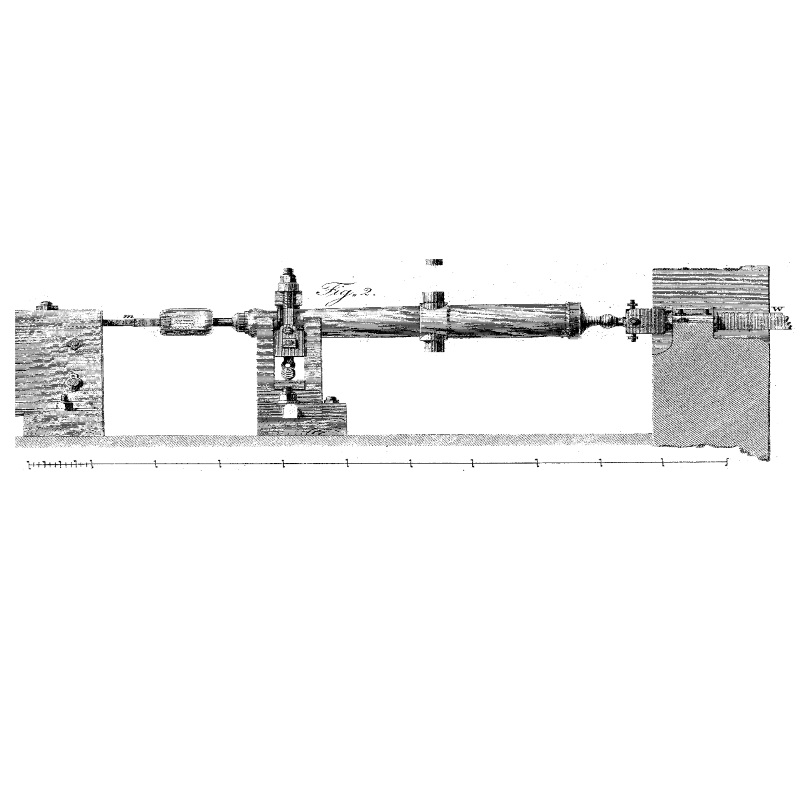To celebrate 350 years of scientific publishing, we are inviting our readers to tell us about their favourite papers from the Royal Society archive. Today Stephen Curry, Professor of Structural Biology at Imperial College, tells us about an interesting character in the Phil Trans history.

My second favourite paper in the Philosophical Transactions of the Royal Society was published in 1781 by Benjamin Thompson, better known as Count Rumford. Over the course of a long and colourful career he managed to combine his interests in natural philosophy with stints as a soldier, statesman and secret agent. Born an American, Rumford was hounded out of Boston as a suspected loyalist spy during the Revolutionary war and fled to England in 1776.
Rumford’s paper recounts his first substantial scientific investigation in England and was deemed to be of sufficient merit to earn him fellowship of the Royal Society. Evidently a loquacious man, his ninety-nine page report has a title of matching length: “New Experiments upon Gun-Powder, with Occasional Observations and Practical Inferences; To Which are Added, an Account of a New Method of Determining the Velocities of All Kinds of Military Projectiles, and the Description of a Very Accurate Eprouvette for Gun-Powder.”
In meticulous detail Rumford describes a lengthy series of experiments to test the efficiency of gunpowder, a matter of no small importance to a nation with Britain’s imperial ambitions. Not every experiment worked. His attempts to use muskets to set fire to objects at a distance were a total failure, but Rumford was not the type to allow such an outcome to perturb his self-regard. The paper ends:
“The fluid was projected against the wall as before, and left a mark where it hit; but it never could be made to take fire; so I gave up the attempt. If it had succeeded it would have turned out one of the most important discoveries in the art of war that may have been made since the invention of gun-powder.”
Rumford’s charm and chutzpah infuses his scientific writing. Even when dissembling, his character leaps off the page to disarm the reader. There is life and colour that is sadly lacking from most of the modern scientific literature.
Which brings me to my favourite Rumford paper in Philosophical Transactions. The Count, seeking further adventure after the end of the American War, finagled the position of aide-de-camp to Charles Theodore, Prince Elector of Bavaria, who put him in charge of munitions and reorganisation of the army. He won the hearts of the soldiers by improving their diet and the insulating properties of their uniforms, but it is for his work on thermodynamics inspired by his close observation of the manufacture of cannons that he is chiefly remembered.
Rumford was impressed by the heat generated when Bavarian brass cannons were bored and used his access to the factory to set up an ingenious experiment to investigate. The resulting paper, “An Inquiry concerning the Source of Heat which is Excited by Friction”, was published in 1798. It spills over with the breezy audacity of the man but nevertheless marks a crucial turning in the road to our modern understanding of heat. I have written about it elsewhere in more detail (with some choice excerpts), though I would still urge you to taste the original for yourself.
